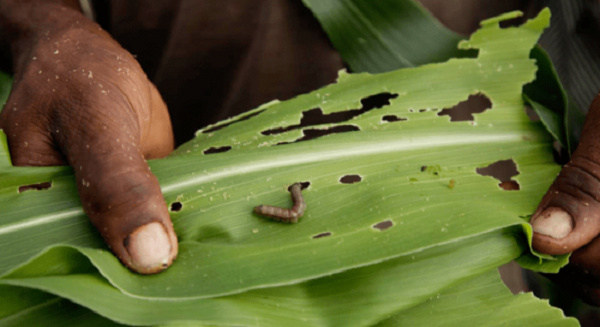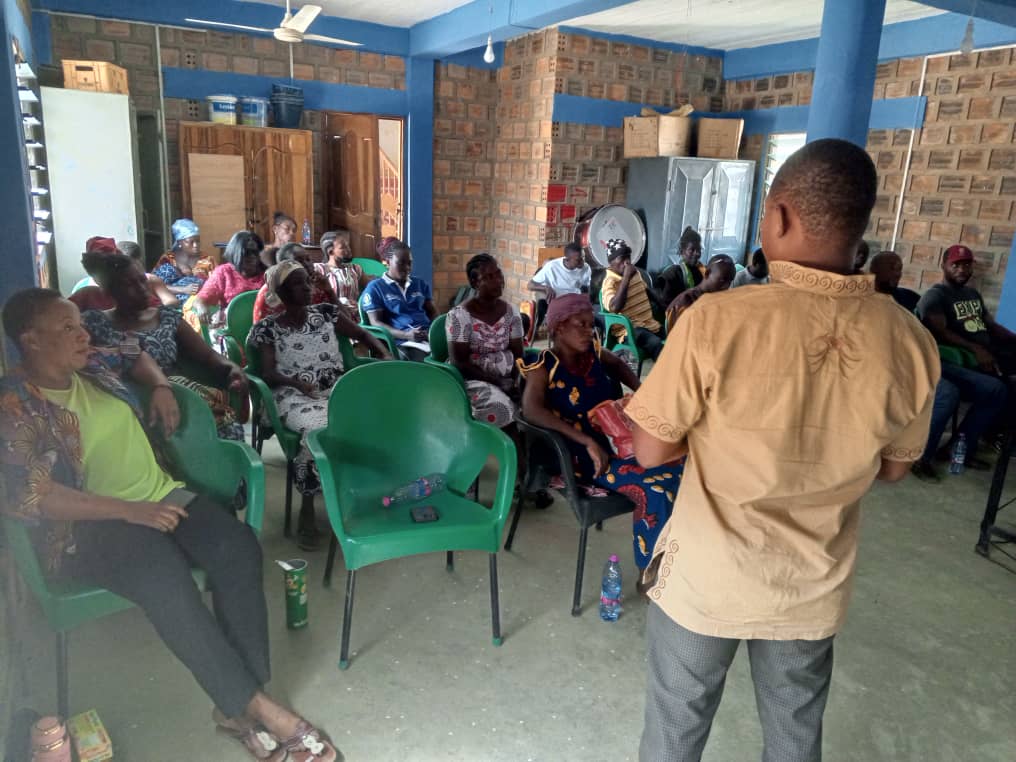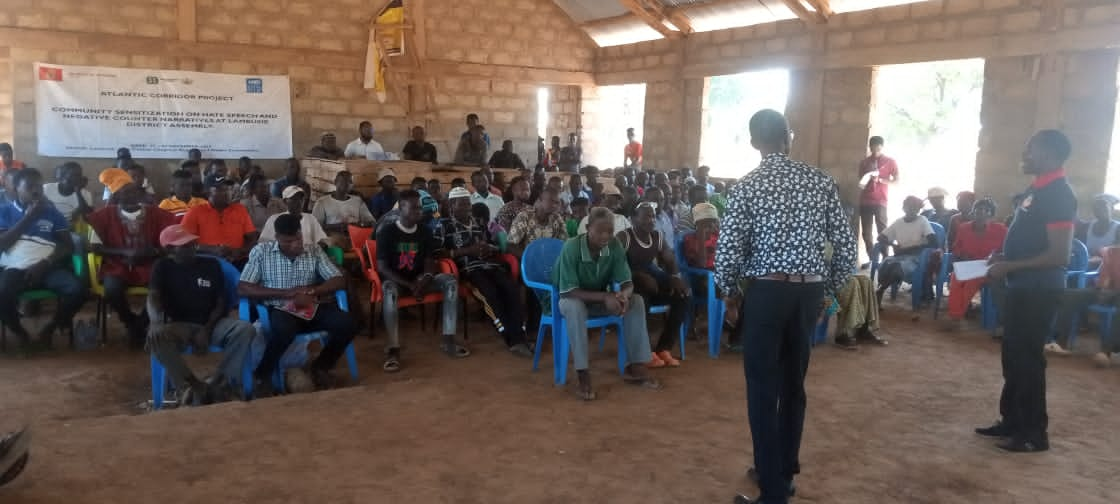
The ministry said farmers should report signs of armyworm presence early for action against them.
“Surveillance reports indicate pockets of fall armyworm (FAW) on maize planted in lowland and irrigated fields in districts in some parts of Ahafo, Ashanti, Bono, Bono East, Central, Eastern, Greater Accra and Western regions”, the statement from the ministry said.
In Ghana, FAW was first reported in the Yilo Krobo District of the Eastern Region in 2016, according to the ministry’s website.
The government, through the Ministry of Food Agriculture, responded with a budget of GHS16 million to fight the plague.
Fall Armyworm (FAW) is a chronic pest in Eastern and Southern Africa and can cause severe damage to grass and forage crops. Its scientific name is derived from its feeding habits Spodoptera frugiperda.
The damage varies in appearance and severity, according to the type of grass and management practices. The pest can wreak havoc on crops if left to multiply.
Feeding Habits
Research has shown that the Fall Armyworm has a desirous appetite and feeds on more than 80 plant species, including maize, sorghum, peanut, soybean, millet, rice, vegetable crops, among others.
The worm can reproduce and spread quickly given the right environmental conditions. Though fall armyworms can damage corn plants in nearly all stages of its development, it will concentrate on later plantings that have not yet silked.
The Fall Armyworm feeds superficially on one side of the leaf and the young worm caterpillar uses ballooning (spread by the wind on a thread of silk)) to spread to new host plants. One worm egg batch contains many eggs for one plant and ballooning always occurs soon after hatching. Read Full Story

















Facebook
Twitter
Pinterest
Instagram
Google+
YouTube
LinkedIn
RSS